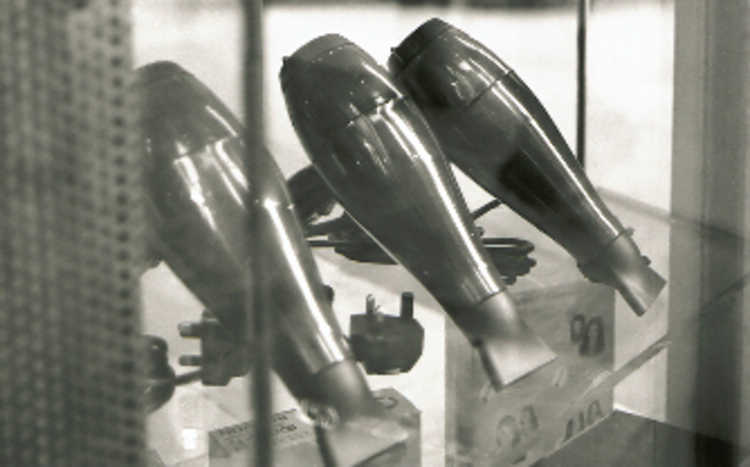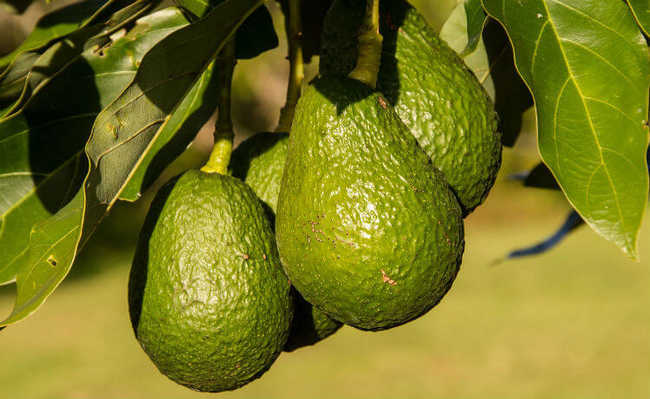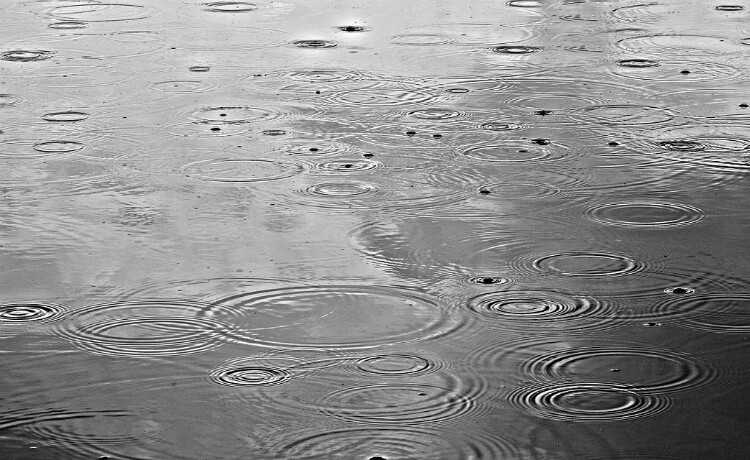Carbon sequestration: what it is and how it happens
In addition to natural forms, technologies promise to sequester carbon directly from the air

Carbon sequestration is the expression used to define the process of removing carbon dioxide from the atmosphere. Naturally, this process is carried out by the growth of plants through photosynthesis and absorption from the ocean and soil.
Human activities, such as deforestation, the burning of fossil fuels and the use of limestone for cement production, are the main causes of the rapid increase in levels of carbon dioxide (CO2) in the atmosphere, contributing to global warming.
- Ten consequences of global warming for health
Everyone, at some point in their lives, has found themselves in the middle of a debate about the causes and consequences of global warming. In these discussions, much is said about the greenhouse effect, the danger of increasing the concentration of carbon dioxide (CO2) in the atmosphere and the need to use cleaner energy sources, such as solar or wind. But did you know that there are technologies capable of capturing and storing carbon underground? In addition, there is also the natural process of carbon sequestration and it is necessary to take care of these natural stores.
- Carbon Dioxide: What is CO2?
Seeking to reduce the greenhouse effect, the Kyoto Conference, in 1997, established the concept of carbon sequestration, with the purpose of containing and reversing the accumulation of CO2 in the atmosphere. The most common form of carbon sequestration is carried out naturally by forests. In the growth phase, trees require a very large amount of carbon to develop, fixing through photosynthesis CO2 from the atmosphere in the form of carbohydrates, which are finally incorporated into the cell wall of the trees.
This natural form of carbon sequestration helps to considerably reduce the amount of CO2 in the atmosphere: each hectare of developing forest is capable of absorbing 150 to 200 tons of carbon. That's why deforestation is a major enemy of carbon sequestration, since cutting down trees promotes the release of CO2 captured by plants.
- Forests: the major providers of ecosystem services
In addition to trees and forests, such as the Amazon, carbon sequestration also occurs naturally in the oceans, which capture carbon to maintain the calcification processes of various marine organisms. Excess carbon in the atmosphere, however, disrupts this natural absorption process, causing ocean acidification.
Preserving the natural means of carbon sequestration is critical to preventing the Earth from entering a "permanent greenhouse effect". Studying and exploring artificial carbon capture and sequestration technologies are other ways that have been used to mitigate the impacts of air pollution on the environment.
Carbon sequestration technologies
In 2010, a new technology began to capture and remove CO2 directly from the ambient air. THE Global Thermostat (GT) - formed by Peter Eisenberger, Graciela Chichilnisky and Edgar Bronfman - develops and markets what became known as the "carbon-negative" solution. This solution is based on carbon sequestration from ambient air, at low temperatures and at a concentration of around 400 parts per million. After removing the CO2, the creators of GT defend the sale of amounts in the carbon market, avoiding new emissions and boosting the search for renewable energy. Still, this sequestered carbon can also be transported and stored underground, just like that of traditional CCS capture.
Traditional CCS? Carbon sequestration, in fact, is already well known by industries. Since 1930, some industries began to capture carbon and reduce its presence in emissions before they come into contact with the atmosphere, that is, before they leave the chimneys - unlike the technology that captures directly from the air.
This technology called carbon capture and storage (CCS) - carbon dioxide capture and storage - based on these traditional technologies, generated so much speculation that in 2005, the Intergovernmental Panel on Climate Change (IPCC) published a special report on the topic to better inform policy makers, engineers and scientists involved in the area of climate change mitigation.
And, after all, what is this technology about? According to the CCS Association, which has been promoting business in the area of sequestration and storage since 2005, CCS is a technology capable of capturing up to 90% of the carbon dioxide emissions resulting from the burning of fossil fuels in industrial processes or in the generation of electricity.
How it works? CCS consists of three main parts: capture, transport and storage.
carbon sequestration
Carbon sequestration, also called carbon capture, can occur in three different ways and processes: post-combustion, pre-combustion and oxy-fuel combustion. Post-combustion captures CO2 after fossil fuel combustion with air with the help of a solvent that absorbs and separates CO2 from other gases. Pre-combustion captures CO2 before liquid, solid or gaseous fuel is combusted. Fuels are processed in two reactors to result in CO2 and hydrogen - the latter of which can be used as a heat generator or CO2-free energy. Finally, the combustion of oxy-fuel consists of the combustion of the primary fuel with oxygen in place of air so that the resulting gas is mainly made up of water vapor and CO2, facilitating carbon sequestration due to its higher concentration. However, this technique requires the prior separation of oxygen from the air.
Transport
This entire sequestration process is carried out so that the CO2 can be compressed and transported through pipelines - with the same technology as those that already transport natural gas -, ships, trucks, among other means. THE CCS Association states that millions of tons are transported annually for commercial purposes and points out that there is significant potential for the development of this infrastructure.
carbon storage
And where does the CO2 go underground? Options for geological CO2 storage are: deep aquifers, salt caves or domes, gas or oil reservoirs, and coal seams. As these geological formations are found several kilometers below the earth, CO2 would be permanently stored far away from the atmosphere and the impact of emissions would be much smaller.
Check out the Zero Emissions Platform video about CCS:










